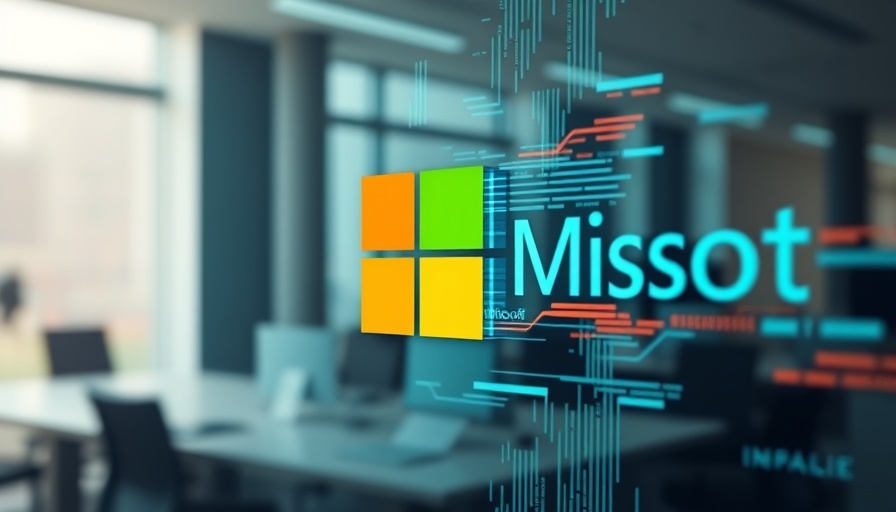
Hackers Targeting Government Agencies via SharePoint Exploit
Recent cybersecurity reports indicate a concerning trend: hackers are exploiting a zero-day vulnerability in Microsoft SharePoint servers, primarily targeting government organizations. This alarming revelation comes from research conducted by cybersecurity experts, particularly Silas Cutler from Censys, who has tracked the initial phases of these attacks.
The Implications of Zero-Day Exploits
A zero-day vulnerability refers to a security flaw that is unknown to the vendor and therefore without a known patch. The unfolding situation in which hackers are taking advantage of such vulnerabilities signifies a quick escalation in cyber threats. With government entities being the main focus of attacks, there is a risk that sensitive data could be exposed or misused, causing serious national security implications.
A Rapidly Evolving Threat Landscape
The cybersecurity landscape is dynamic. Cutler notes that while the initial exploitation sought to compromise a limited set of targets, the potential for broader attacks looms as more hackers analyze and replicate these tactics. As more entities become aware of the vulnerability, it is likely that the number of affected SharePoint instances will grow, making government entities victims not only of advanced persistent threat (APT) groups but also of opportunistic hackers.
Global Reach of the Vulnerability
Reports indicate that there are thousands of vulnerable SharePoint instances around the world, particularly those publicly accessible on the internet. Cybersecurity researchers from Eye Security reported similar findings, uncovering over 8,000 servers vulnerable to the exploit. With both government and private entities utilizing SharePoint for data management, this flaw poses a universal problem, not limited to one geographic region.
The Importance of Prompt Action and Security Awareness
In the wake of such incidents, it is critical for organizations to evaluate their cybersecurity measures thoroughly. When a vulnerability is disclosed, like this SharePoint bug, rapid compliance and patching become imperative to safeguard valuable data and systems. Organizations should enhance their awareness of cybersecurity threats and implement robust measures to prevent unauthorized access to sensitive information.
Future Predictions: What’s Next for Cybersecurity?
Experts suggest that the current wave of exploitation may be just the beginning. As more attackers become aware of this flaw, companies, especially government branches, should prepare for possible data breaches. Organizations should invest in comprehensive cybersecurity infrastructure and consider engaging with tech news sites for up-to-date information on vulnerabilities and best practices.
As the technology landscape evolves, continuous training and awareness programs focusing on emerging threats are essential for all personnel. Regular updates from reliable tech news sources can also play a significant role in keeping teams informed and prepared, which ultimately fortifies the defense against cyberattacks.
Conclusion: Staying Ahead of Cyber Threats
The vulnerabilities in SharePoint highlight the relentless nature of cyber threats. By paying attention to cybersecurity developments, employing proactive measures, and ensuring that security patches are enacted promptly, organizations can mitigate risks and protect critical data. Keeping abreast of technology news updates will empower them to face emerging challenges head-on.
 Add Row
Add Row  Add
Add 



Write A Comment